PC Performance - Kingston Knowledge Centre
Learn about the performance benefits of SSD and memory upgrades for desktops, laptops and workstations. Stay in the know about the latest PC and technology trends.
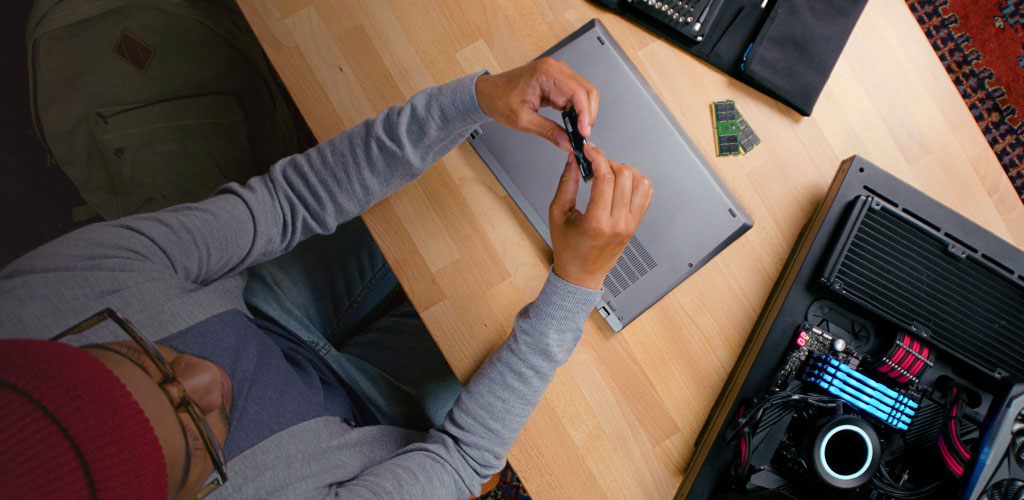
-
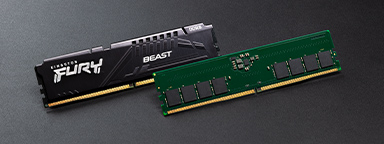
MT/s vs MHz: A better measure for memory speed
MT/s is the accurate measure for DDR SDRAM memory transfers that happen on both the rising and falling edges of the clock cycle, not MHz.
-

Top 10 PC build mistakes beginners make
Decided to build your own PC? These are what we think are the most common PC build mistakes.
-
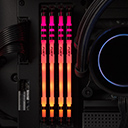
The difference between memory and storage in gaming
Understand the difference between a storage medium and a gaming PC's memory.
-
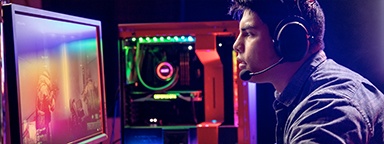
Gaming with Windows 11: What to expect with the new PC performance features
Windows 11 is here! Check out these exciting new PC performance features for gamers.
-

Windows 11 - Does your organisation need to upgrade or refresh?
We explore the system requirements needed and the benefits of upgrading rather than replacing.
-

How to clean your PC system
Cleaning your system is not as hard as you might think! Check out our step-by-step guide.
-
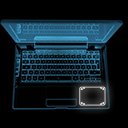
How to install a 2.5” SSD – Kingston Technology
Installing an SSD is easy and can improve the overall speed of your desktop PC or laptop.
-
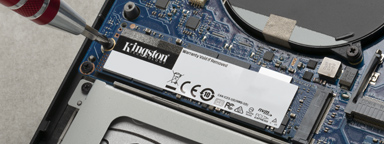
How to install an M.2 PCIe NVMe SSD
This is a step-by-step guide to installing an M.2 SSD into a laptop or desktop PC.
-
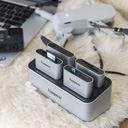
The Kingston Workflow Station makes things easy for content creators and video professionals
Learn how the Kingston Workflow Station can make file transfers out in the field faster for professionals.
-
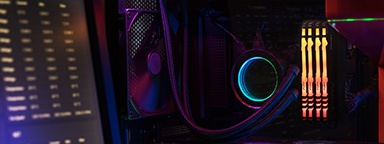
Is it better to build or buy a gaming PC?
It seems like gamers would build their own PCs, but are the benefits still worth the time and effort?
-
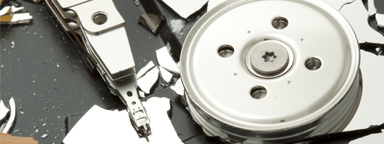
The 5 Benefits of SSDs over Hard Drives
SSDs are more durable, reliable, faster, smaller, lighter, silent and power efficient than traditional hard drives.
-

Difference between SLC, MLC, TLC and 3D NAND in USB flash drives, SSDs and Memory cards
Are there endurance vs cost benefits between the different types of NAND?